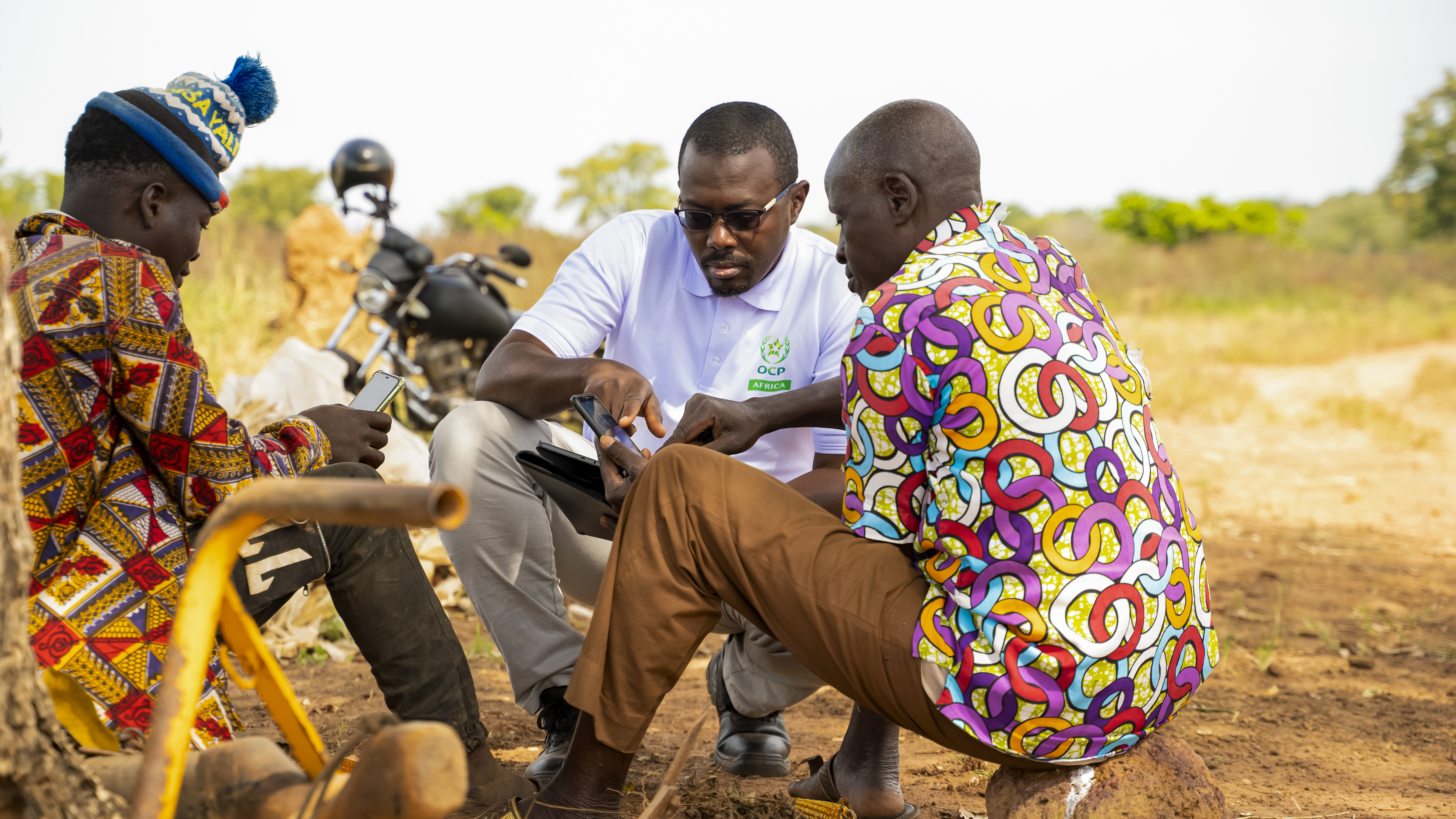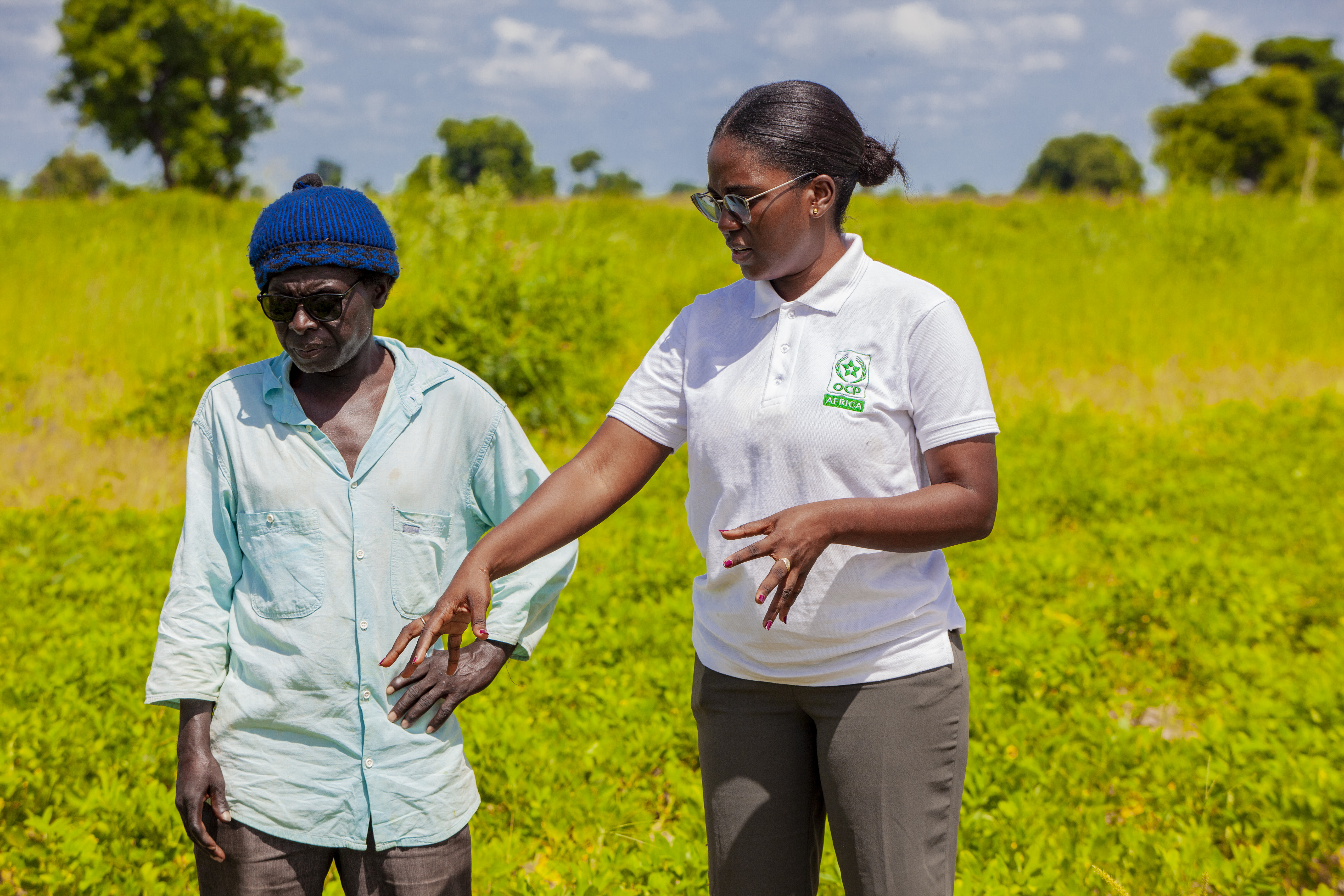Why smallholder farmers are key to both African and global food security

Global agriculture is at a crossroads. The planet is home to 8 billion people, a total which the UN predicts will rise to 10 billion by 2050. At the same time global food insecurity is rising due to the unprecedented rate of soil degradation and the increased frequency and severity of climate shocks, the pandemic, and regional conflicts. To keep humanity fed, farmers will have to nearly double their output. And it is possible to do just this while at the same time making a significant contribution to combatting climate change by rewarding farmers for increasing the amount of carbon stored in the soil they cultivate.
But the old ways of increasing global food production – using more land and more inputs – won’t work if we are to keep the Earth habitable for our grandchildren’s grandchildren. One of the major challenges for the 5 th United Nations Conference on Least Developed Countries (LDC5), about to begin in Qatar, will be how to unlock the potential of smallholder farmers, who have been squeezed the hardest by recent events, so that they may more effectively contribute to long-term global food security while playing an important role in the battle against climate change.
Typically consisting of farms of one to 2 hectares, smallholders produce a large majority of the food across sub-Saharan Africa. Globally, they account for nearly two billion people - roughly 500 million households - of which earning their living through agriculture.
In the short-term, the outlook is uncertain. A greater proportion of income spent on food means smallholder farmers are vulnerable to rising prices. With the ongoing Russia-Ukraine conflict, the price of agricultural inputs like fertilizer have soared leading to reduced usage and lower yields. The African Development Bank has warned that curtailed fertilizer use is likely to mean a 20% drop in food production, while the World Food Program sees smallholders in the developing world at risk of “a major food availability crisis as the fertilizer crunch, climate shocks and conflict upend food production.” These pressures are forcing subsidence smallholders to prioritise the short term, rather than protecting the long-term health of their soil, which further acts to accelerate the harmful cycle of land degradation.

There are urgent reasons to improve their situation. Firstly, integrating smallholders into the global market will be key to boosting food production in the coming decades, especially in Africa, home to 60% of the world’s untilled arable land. Secondly, although the Green Revolution of the mid- 20 th century massively increased productivity and helped deliver improved food supply for rapidly growing populations, it left the world perilously dependent on a handful of crops and animals: just 12 types of crops and 5 animal species account for around three-quarters of the world’s food supply. Lastly, reaching ambitious climate targets needs healthy soils to actively suck carbon from the atmosphere. In sub-Saharan Africa alone, 60% of soils have already been degraded as a result of soil erosion and acidification. In this context, building the capacity of smallholder farmers around biodiversity and soil rehabilitation will increase the efficiency of inputs, grow resilience to global food shocks and make a decisive contribution to fighting climate change.
Often, the main objective of smallholders is subsistence rather than trade, an inevitable outcome of poor infrastructure. In most parts of Africa, an estimated one-third of food output is lost each year due to a lack of proper warehouse storage. That is one of the numerous reasons why public authorities of Least Developed Countries are encouraged to raise the share of spending on agriculture to at least 10% of GDP to develop among other things storage infrastructure that will allow smallholders to properly keep their surplus production and provide a stronger motivation to produce and trade more.

Developing innovative finance mechanisms and loan schemes to fund seeds, tools and fertilizer, is crucial. Currently, smallholders can’t access finance since they often represent too high a risk for local banks. At the same time, access to training and leveraging on data are crucial so that the inputs can be utilized as effectively as possible.. Other continents have reaped huge success in building ‘demonstration farms’ where government showed farmers how they can use technology to increase yields. This should be imitated in Africa through public-private partnerships. In Senegal, for example, companies, NGOs and the government are working together to commercialize the export of vitamin- teeming fruit from local Baobab trees and Moringa plants to export to health-conscious Western consumers. The uptick from planting these trees is manifold: the development of a ‘Great Green Wall’ envisaged across Africa’s Sahel would reverse soil degradation and bring a desert region back to life. It will also improve the livelihoods of locals through small scale innovative enterprise.
Only by improving the incentives to produce and trade can we make the LDC5 meeting’s worthy slogan - ‘From Potential to Prosperity’ - a reality. Prosperity not just for smallholder farmers, but for future global food security and the fight against climate change.